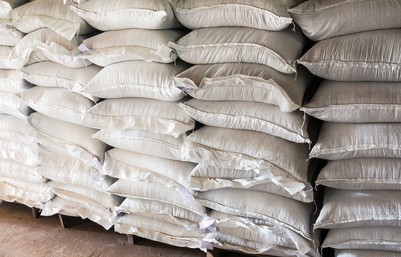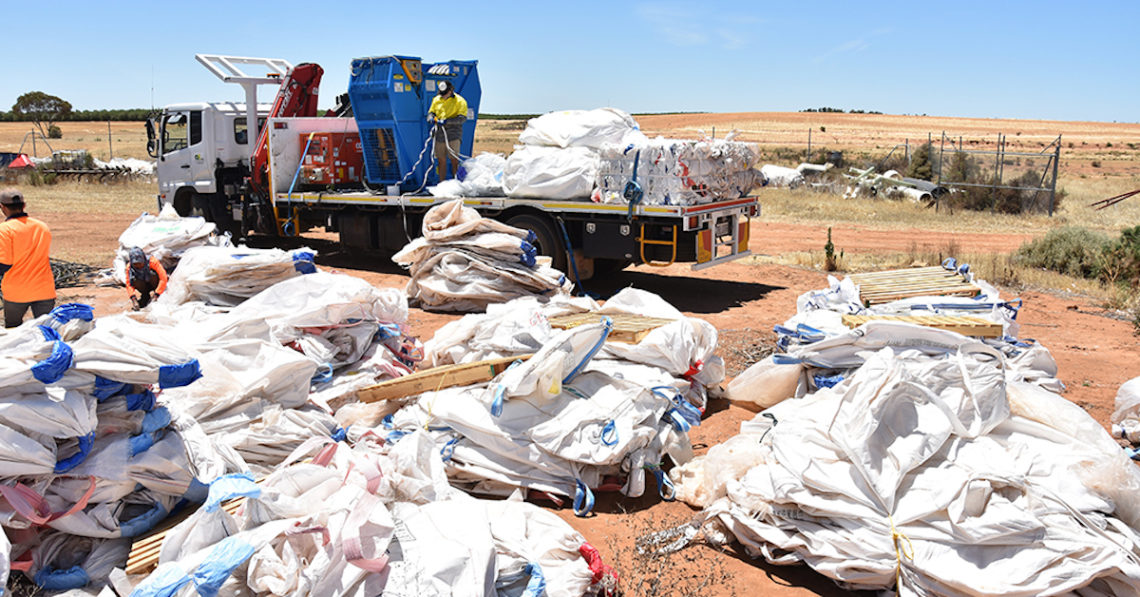Have you heard about the problem with big bags?
Around 60,000 tonnes of big bags are used in Australia each year. A large percentage (around 40,000 garbage truck loads) end up in landfill, burnt or buried on farms. That costs more than $150 million a year in landfill replacement and environmental management costs, producing nearly six million tonnes in CO2 (that’s the same as 900,000 cars on the road).
REMONDIS Australia has the answer. This week the waste management company unveiled the logistics of a new Product Stewardship Scheme, labelled the Big Bag Recovery Product Stewardship Scheme (Big Bag Recovery) with a plan to provide logistics, collection, sorting, counting and baling big bags.
Stephen Richards, managing director of Industry Waste Recovery and the brains behind Big Bag Recovery, said the scheme embodies circular economy best practice.
“This is a responsibility-based industry-led scheme, with massive environmental and social benefits as the end result.’’ Mr Richards said.
“We can make a staggering difference in terms of giving these bags a second life, thereby reducing landfill,” said Julian Ryan, senior project manager with REMONDIS Australia‘s Integrated and managed services division.
What are big bags?
Big bags are the bulk bags and sacks that carry products and ingredients to all sectors of industry. They’re used to carry things like fertiliser, seeds, animal feeds, flour, salt, sugar, milk powders, sand, gravel, mulch and cement.

How will it work?
Made of polypropylene and low-density polyethylene, the bags must be processed into reusable resin pellets before re-manufacture into new products such as school seats.
The next steps in the program is for REMONDIS to identify industries and regions across the country where these big bags are used. The company must then establish drop-off points with local councils, community groups and commercial locations. This will involve extensive liaison with industry and local government.
“Pulling together businesses, consumers and collectors takes a lot of work and cooperation, but also provides the opportunity to maximise the plastic as a reusable resource, many times over,” Mr Richards said.
Its digital development team is working on an app that will make it easier for contractors to coordinate the program.
Currently, Australia exports most of these used bags overseas for disposal – with most ending up in landfill. These countries are now restricting waste importance and Australia is implementing its own export restrictions, meaning that now is the perfect time for Australia to step up its waste management systems.
“It’s about actions and outcomes that are measured, achievable, shared and repeatable.”









